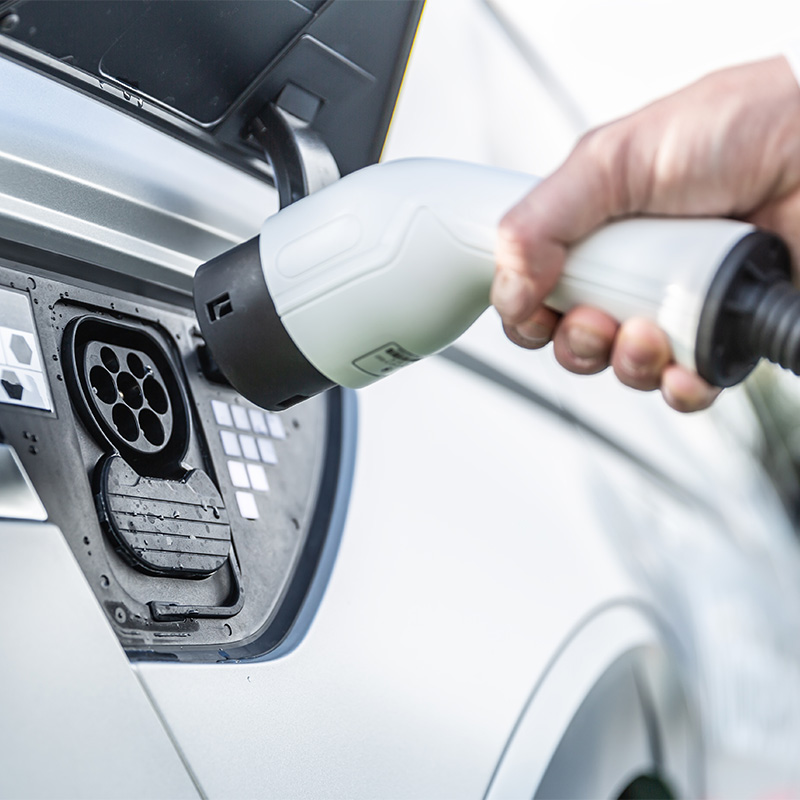EV30@30
How does one of the flagships of e-mobility initiatives, the EV30@30 perform?
In 2017, the EV30@30 initiative started out with high hopes, setting ambitious objectives for the extension of the transition to e-mobility, including the support of the ‘holy grail’ of the combatting climate change, i.e. achieving net zero emission. Will this ambitious plan prove sufficient from a distance of 5 years? Let us briefly summarize what the main idea of EV30@30 is, where we are now, and what are the prospects for e-mobility to gain ground in the decades to come.
What is the EV30@30 initiative?
The year 2017 was an important cornerstone of the combating climate change and the international efforts aimed at popularizing electric vehicles. The EV30@30 initiative was launched this year, during the eighth Clean Energy Ministerial (CEM) conference.
This ambitious undertaking has been implemented by the states committed to the development of electromobility under the aegis of the EVI (Electric Vehicles Initiative). (The EVI has been created from world-leading countries, companies and international experts to accelerate transition to clean energy.)
EV30@30 set the objective that the signatory countries would achieve a share of 30% of electric vehicles within their total sales volumes of vehicles (with the exception of two and three-wheeled vehicles) by 2030.
The 5 fundamental principles of EV30@30
The EV30@30 initiative is currently supported by 13 countries and 23 companies, under the coordination of the International Energy Agency. The campaign extends to the markets of passenger vehicles, light commercial vehicles, buses and trucks (including battery-operated. plug-in hybrid and fuel cell models).
This programme defines 5 fundamental principles, which the signatory countries must incorporate into their “EV strategy”, in coherence with the electromobility objectives of the EVI countries. The 5 fundamental principles are the following:
- Promotion of information exchange between relevant researches and the interested stakeholders.
- Encouragement of the public and private sector to increase the share of electric fleets on both corporate and supplier level.
- Creation of a global EV Pilot City Programme to establish 100 EV-friendly cities in the first 5 years after the start.
- Support of governments for the necessary advanced trainings and capacity expansion.
- Support of installing electric charging stations.
What is the current progress of EV30@30, and what does this mean for the concluding objective of 2050?
According to data from 2021 by STEPS (Stated Policies Scenario), the targeted 30% EV share by 2030 has been sufficiently approached to become reality. The share achieved last year was around 10% among EV30@30 signatories, a result putting these countries slightly above the global trend.
In addition, it must also be noted that while achieving a 30% share of electric cars by 2030 is achievable, it does not automatically follow from this that the NZE (net zero emission) objective set for 2050 will be likewise achieved.
As it can be seen in the figure below, the carbon neutrality to be achieved by the middle of the century would require double of the targeted 30% market share of electric vehicles until 2030.
According to current trends, this is uncertain, but a number of circumstances indicate the possible accelerated growth of e-mobility in the near future.
|
Transition to using electric vehicles may even be shifted in a positive direction by the current energy crisis – early signs of this are already apparent. The sustained increase of the price of energy carriers may increasingly turn consumers’ attention to electrically operated vehicles, not to mention that manufacturers, having recognized this trend, will serve consumer needs better through various developments, a broader range of the electric models, and a wider segmentation with a more diversified range of price categories, etc. The change of consumer habits may be another accelerating factor, leading to further growth of e-mobility. The green concept and the notion of energy-efficiency gain increasing presence in mass consumption as well, and electric vehicles fit this consumer basket better than conventionally operated ones. Various state subsidies (e.g. free parking or tax exemptions for cars with green license plates, etc.) may also make these purchases more attractive, meaning e-mobility is looking to a far brighter future on the medium and long run, which may also bring achievement of carbon-neutrality closer in time. |
 |
Author: ProDSP




